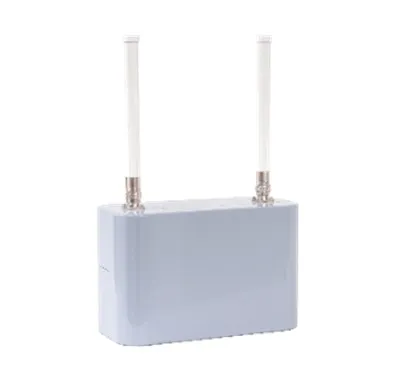
Qualcomm Technologies is to support advanced vehicle connectivity technologies in 5G and Cellular Vehicle to Everything (C-V2X) on a sports utility vehicle (SUV) from Human Horizons.
The HiPhi X will utilise the Qualcomm Snapdragon Automotive 5G platform with integrated C-V2X direct communications, high-precision multi-frequency high-precision multi-frequency global navigation satellite system and RF Front-End functionalities to support major operators across key spectrum bands globally.
The vehicle's advanced features include Joynext Technology’s 5G-V2X on-board unit and Quectel Wireless Solutions' automotive 5G module, which features the Snapdragon Automotive 5G Platform.
Qualcomm says the Snapdragon Automotive 5G Platform is designed to provide strong performance and support for automotive telematics devices in functionality and service.
Its integrated C-V2X technology is expected to support HiPhi X in delivering 5G and V2X services for scenarios such as Vehicle to Vehicle and Vehicle to Infrastructure communication standards.
According to Qualcomm, HiPhi X vehicles are optimised to provide highly accurate location positioning with a 3D navigation solution and can assist the vehicle with Level 3 autonomous driving functionality.
This is achieved with the Snapdragon Automotive 5G Platform’s support for concurrent multi-frequency, multi-constellation GNSS (global navigation satellite system) and Qualcomm dead reckoning technology, and real-time kinetic data offered by China's leading service providers.
The automated roll off hypervelocity projectile (HVP) system for HiPhi X is based on Human Horizons’ cooperative vehicle-infrastructure system and autonomous driving technology. It follows the concept of road-side sensing, cloud scheduling and vehicle-side control.
Qualcomm insists the HVP leverages road-side sensing systems to offer vehicles with sensing information and cloud scheduling through the 5G-V2X, a low-latency data transmission channel, thereby achieving higher level of autonomous driving capability.
Additionally, the vehicle utilises the Qualcomm Snapdragon 820 Automotive Platform to support a set of features, including computer vision and bring more connected and intelligent in-vehicle offerings to drivers and passengers.
The HiPhi X is in mass production and is scheduled to be delivered in May.










